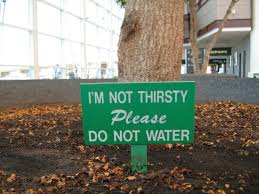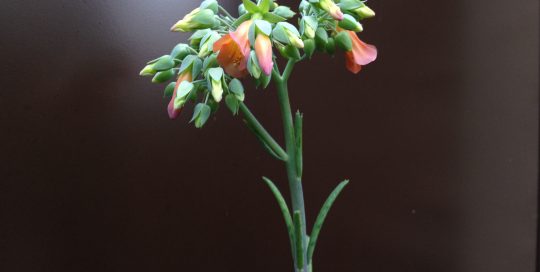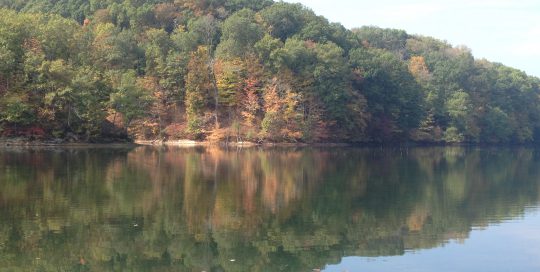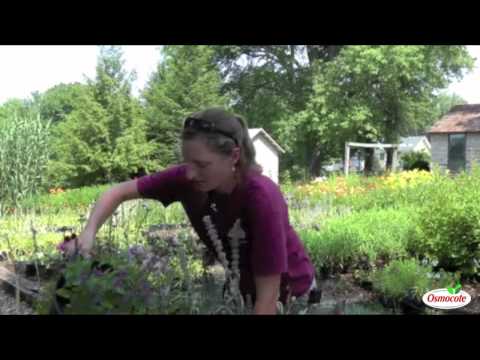Avoid These Common Container Gardening Mistakes
Views: 8885

These are the top 4 mistakes in container gardening:
Overwatering
Of gardening mistakes, overwatering is the most common one I see with container plants. I’ve killed a number of plants over the years by overwatering, including a streak where no succulent that entered my home survived, but that streak ended a few years ago when I finally understood how bad soggy soil is for plants.
Soil that is consistently soggy drowns roots and inhibits the plant’s ability to uptake nutrients and, ironically enough, water. Also, overly moist soil is prime territory for fungal growth and diseases that lead to root rot and plant death.
So, how do you know when not to water? It’s simple. Just touch the soil and don’t water if it feels moist. Now, most advice says to stick your finger halfway down into the soil to check for moisture, which, I’ll admit, is better. However, I don’t want potting soil stuck under my fingernail every time I water. I haven’t lost any plants to my method.
Gardening Mistakes: Underwatering
Underwatering plants is the mistake that people think is most common, which explains why overwatering is more common.
We’re all terrified of underwatering. For most plants, however, it is better to err on the side of dry versus soggy. So how do you know when to water? It’s the same simple rule. Touch the soil and only water if it feels dry. How much to water is a little trickier.
If plants are outside, water until it comes out the drainage hole (if you thought “what drainage hole?” please read the next paragraph). If the plant is indoors, keep a tray under the pot to catch any overflow. Try to visualize how much water it would take to reach the bottom of the pot as you water, and stop once you’ve reached that point. If the tray fills up with water, let it sit there for a while. The plant may absorb this excess water, but if the water is still there after a half hour or so, drain it so the soil doesn’t stay soggy.
No Drainage
No drainage holes in a container will almost always lead to waterlogged soil at some point. Check your containers for a drainage hole before buying or planting, and add one or more holes if none are present.
A drill with a masonry or glass and tile bit should suffice for most containers. Apply gentle pressure with the drill and let it do the work to avoid cracking the container.
The only exception to this rule is when decorative indoor containers are used in a setting where it is preferable not to see drainage trays, like in a shopping mall or other commercial setting. Usually the bottom of these are filled with potting soil or lightweight material like packing peanuts or vermiculite and, rather than being planted directly, plants are kept in a nursery pot, placed inside the decorative container, and hidden with more potting soil, sphagnum moss, or other similar material. This allows excess water to drain away from the plant, but not onto the floor.
Not Fertilizing
Not fertilizing container plants probably won’t kill them, but they sure do benefit from a little food every now and then. Potting soil can quickly be depleted of nutrients in a container. I find that using a water-soluble fertilizer once a week during the growing season is the easiest feeding method, but any gentle balanced fertilizer with NPK numbers like 10-10-10 or less will work fine.
Don’t worry if fertilizing once a week sounds like a daunting task. In all honesty, I probably remember to fertilize my plants more like once a month, if that.
Meet Abbi Hayes
Abbi's Recent Posts

Kalanchoe delagoensis: Mother of Millions







